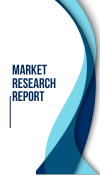
Global Cancer Immunotherapy Market – Overview
Immunotherapy is one of the types of treatment for cancer that helps the human immune system fight the cancer. The human immune system is the defense mechanism of the human body and helps the body fight the infections and other disease. Moreover, the immune system is made up of white blood cells and organs and tissues of the lymph system. Immunotherapy is a type of biological therapy, which means it is a type of treatment that uses substances made from living organisms to treat cancer. Immunotherapy helps the human immune system to better act against the cancerous cells and thus prevents or slows the growth of cancer cells. Immunotherapies are often limited by their immune-related adverse events (IRAEs), immune activation, and inflammatory response against the host’s healthy tissues. Immune activation against the host’s tumor is the desired outcome but is challenging to predict, diagnose, and treat. In the setting of metastatic melanoma, the addition of a CTLA-4 antibody to PD-1 blockade is associated with only an incremental increase in survival, but at the cost of more than double the rate of serious. A recent meta-analysis reported a fatality rate of up to 1 patient in every 77 treated using an ICI combination
There are different types of immunotherapy treatment used namely, immune checkpoint inhibitors, t-cell transfer therapy, monoclonal antibodies, treatment vaccines, and immune system modulators. Immunotherapy treatment can be given in different ways some of which include, IV i.e. immunotherapy goes directly in a vein, oral i.e. therapy comes in pills and capsules that need to be swallowed, topical i.e. immunotherapy done in the form of cream and this type is widely used for skin cancer and lastly intravesical i.e. therapy administered through the bladder.
Global Cancer Immunotherapy Market – Competitive Insight
Some of the Key Players in the Global Cancer Immunotherapy Market Include –
Global Cancer Immunotherapy Market – Growth Drivers
The rise in the cases of cancer in India and all over the world is the primary driver for cancer immunotherapy. According to the National Cancer Registry Programme Report 2020, it was estimated that “the expected number of cancer incidents in India for 2022 is 14,61,427 with a crude rate of 100.4 per 100,000. In India, it was found that one out of every nine people is likely to develop cancer over his lifetime. Moreover, the number of cancer cases is expected to increase by 12.8% in 2025 if compared with 2020”. According to the Centers for Disease Control and Prevention (CDC), breast cancer is the most common type of cancer among women and there is a rise in the number of breast cancer cases across the globe. Thus the a need to strive for effective therapy where cancer immunotherapy plays a crucial role. Government support and initiatives also play a crucial driver for the market.
Global Cancer Immunotherapy Market – Restraints
The high cost of cancer immunotherapy acts as the major factor in limiting the cancer immunotherapy market. In India immunotherapy cannot be accessed by all the patients. Immunotherapy may have some side effects. According to the Cancer Research Institute, immunotherapy may cause immune-related side effects that can affect any tissue or organs in the human body. Some side effects include arthritis, chills, and coughing. Immunotherapy needs specialized medicinal facilities, skilled employees, and cutting-edge machinery, which also are the main restraints in the global cancer immunotherapy market. According to an article published by Harvard Medical School, cancer immunotherapy does not benefit all patients. We are not sure whether the immunotherapy will work for the patient, thus this could also be a factor for market restraint. Over some time, the patient’s body may get used to the treatment, and thus the effects of immunotherapy may decline.
Global Cancer Immunotherapy Market – Opportunities
According to the International Agency for Research for Research on Cancer (IARC), in the year 2019, there were about 19.29 million cases of cancer across the world, which further is estimated to rise to 24.58 million cases by the year 2030. This data makes it clear that the opportunities in the global immunotherapy market will keep on rising as the number of cancer patients increases. Moreover the advancement in immunotherapy techniques such as monoclonal antibodies, and immune checkpoint inhibitors also significantly enhances the opportunities in the particular market. An increase in the awareness of the cancer disease by Gov creates opportunities for market expansion. Personalized immunotherapy which is based on immune profiling and individual genes also brings opportunities in the particular market. Combining nanomedicines along with immunotherapy is also a recent trend which includes improving the effects of immunotherapy using nanomedicines.
Global Cancer Immunotherapy Market – Geographical Insight
The market for cancer immunotherapy is segmented into regions such as North America, Latin America, Europe, Asia-Pacific, the Middle East & Africa. The US is the largest market for cancer immunotherapy. The reason is the advanced facilities for healthcare present in the region. Moreover, according to the American Cancer Society, it was estimated that in 2022 there would be 1.9 million new cancer cases, thus the constant increase in the number of patients suffering from cancer increases the market opportunities. Asia-Pacific is also a prominent market for cancer immunotherapy, and it’s expected to show prominent growth in future years. The reason is, an increase in cancer patients, especially in India. Government initiatives and awareness campaigns also help in the expansion of the cancer immunotherapy market here in Asia-Pacific.
Global Cancer Immunotherapy Market – Key Development
Research Methodology: Aspects
Market research is a crucial tool for organizations aiming to navigate the dynamic landscape of customer preferences, business trends, and competitive landscapes. At Cognizance Market Research, acknowledging the importance of robust research methodologies is vital to delivering actionable insights to our clientele. The significance of such methodologies lies in their capability to offer clarity in complexity, guiding strategic management with realistic evidence rather than speculation. Our clientele seek insights that excel superficial observations, reaching deep into the details of consumer behaviours, market dynamics, and evolving opportunities. These insights serve as the basis upon which businesses craft tailored approaches, optimize product offerings, and gain a competitive edge in an ever-growing marketplace.
The frequency of information updates is a cornerstone of our commitment to providing timely, relevant, and accurate insights. Cognizance Market Research adheres to a rigorous schedule of data collection, analysis, and distribution to ensure that our reports reflect the most current market realities. This proactive approach enables our clients to stay ahead of the curve, capitalize on emerging trends, and mitigate risks associated with outdated information.
Our research process is characterized by meticulous attention to detail and methodological rigor. It begins with a comprehensive understanding of client objectives, industry dynamics, and research scope. Leveraging a combination of primary and secondary research methodologies, we gather data from diverse sources including surveys, interviews, industry reports, and proprietary databases. Rigorous data analysis techniques are then employed to derive meaningful insights, identify patterns, and uncover actionable recommendations. Throughout the process, we remain vigilant in upholding the highest standards of data integrity, ensuring that our findings are robust, reliable, and actionable.
Key phases involved in in our research process are mentioned below:

Understanding Clients’ Objectives:
Extensive Discussions and Consultations:
Industry and Market Segment Analysis:
Target Audience Understanding:
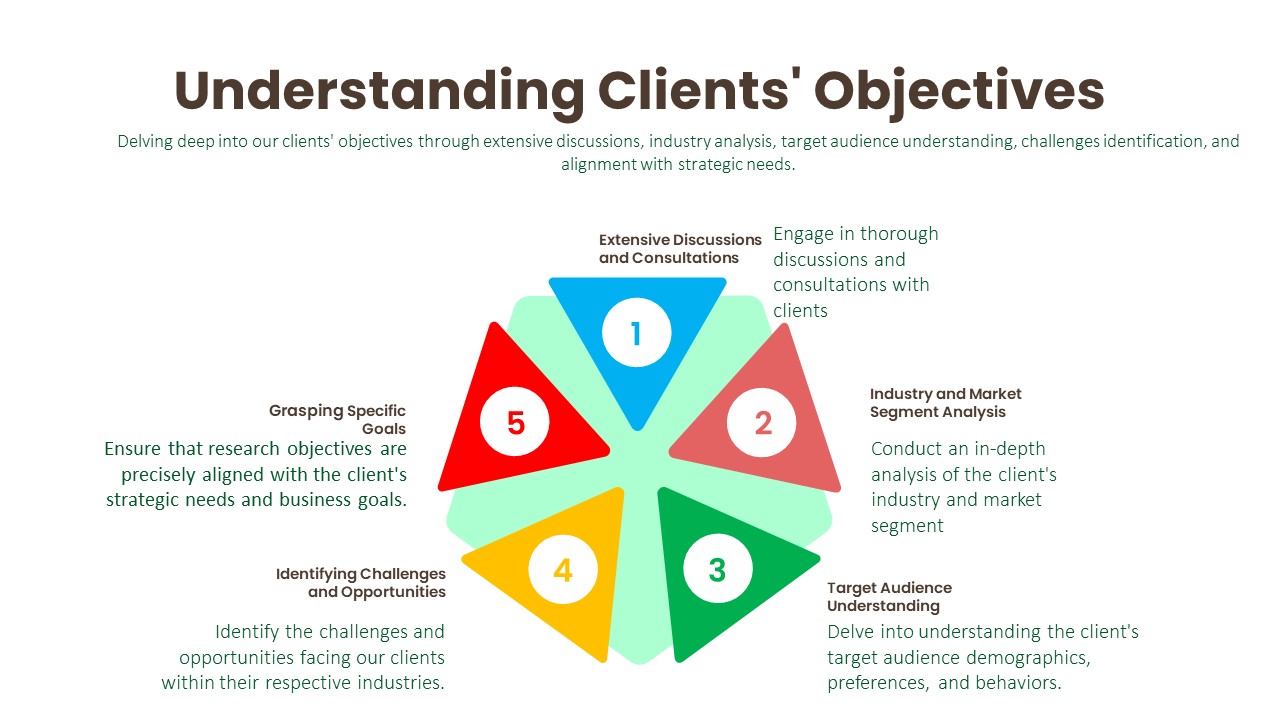
Identifying Challenges and Opportunities:
Grasping Specific Goals:
Data Collection:
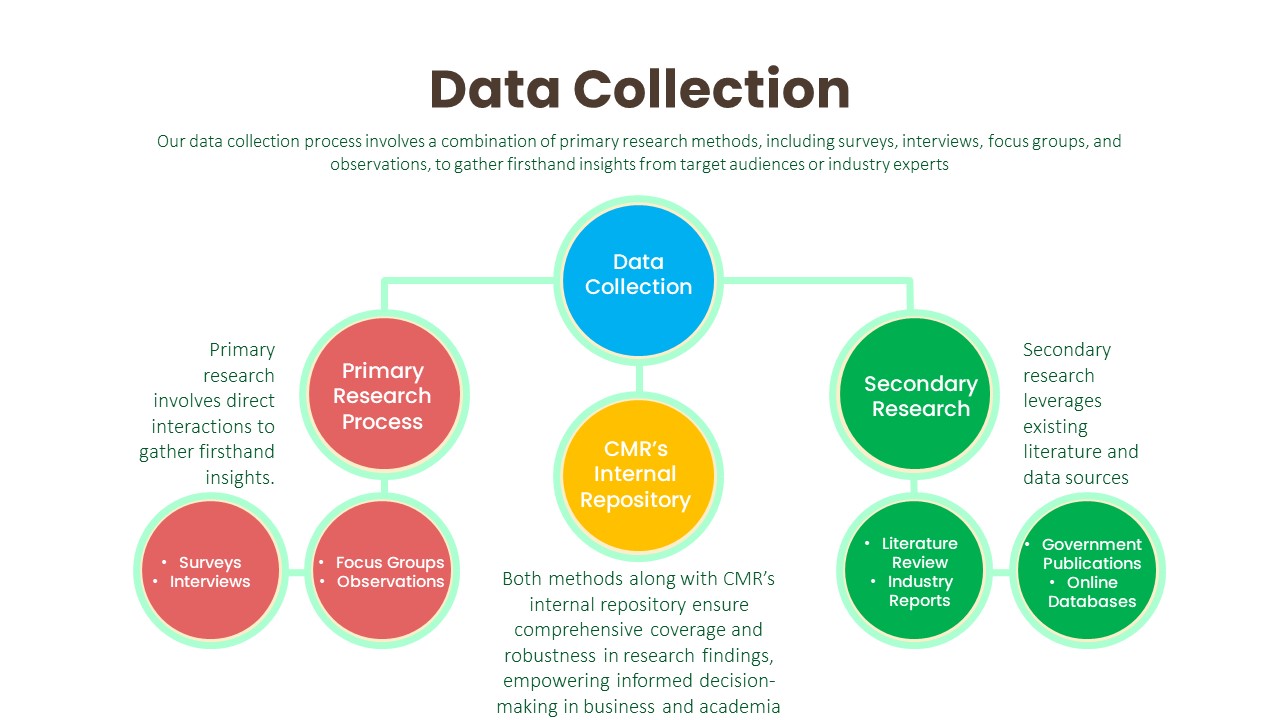
Primary Research Process:
Secondary Research Process:
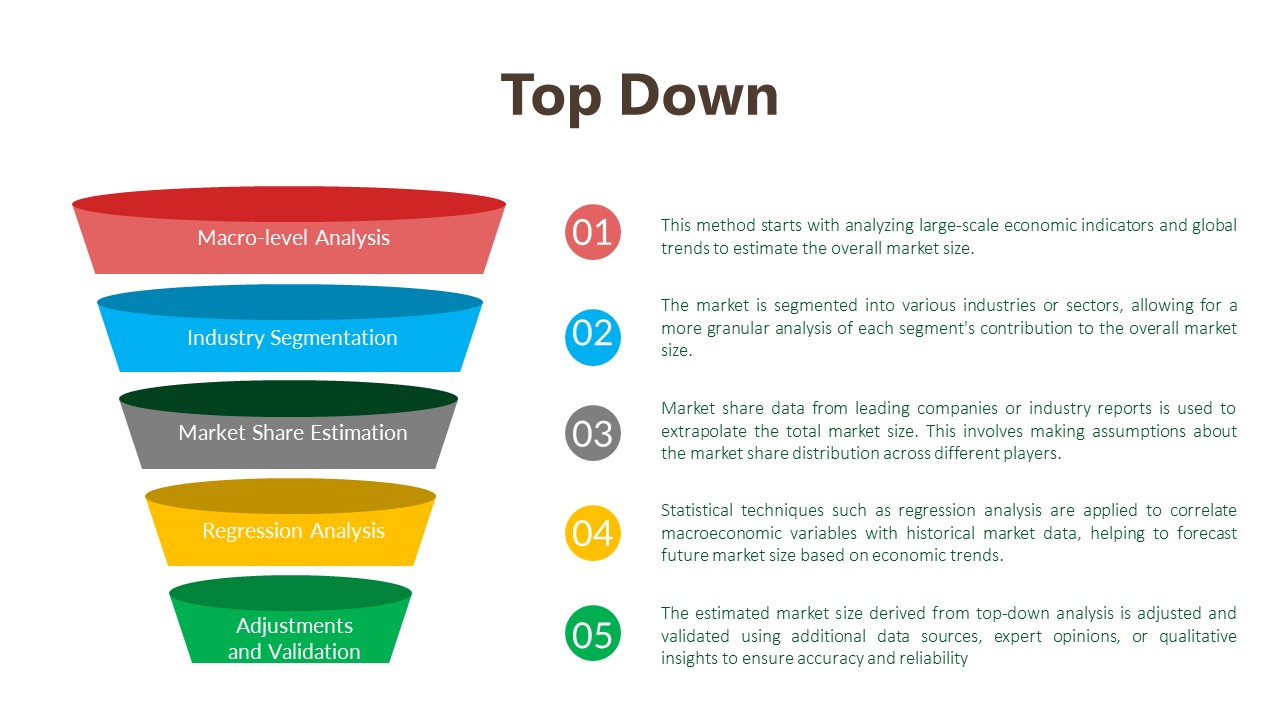
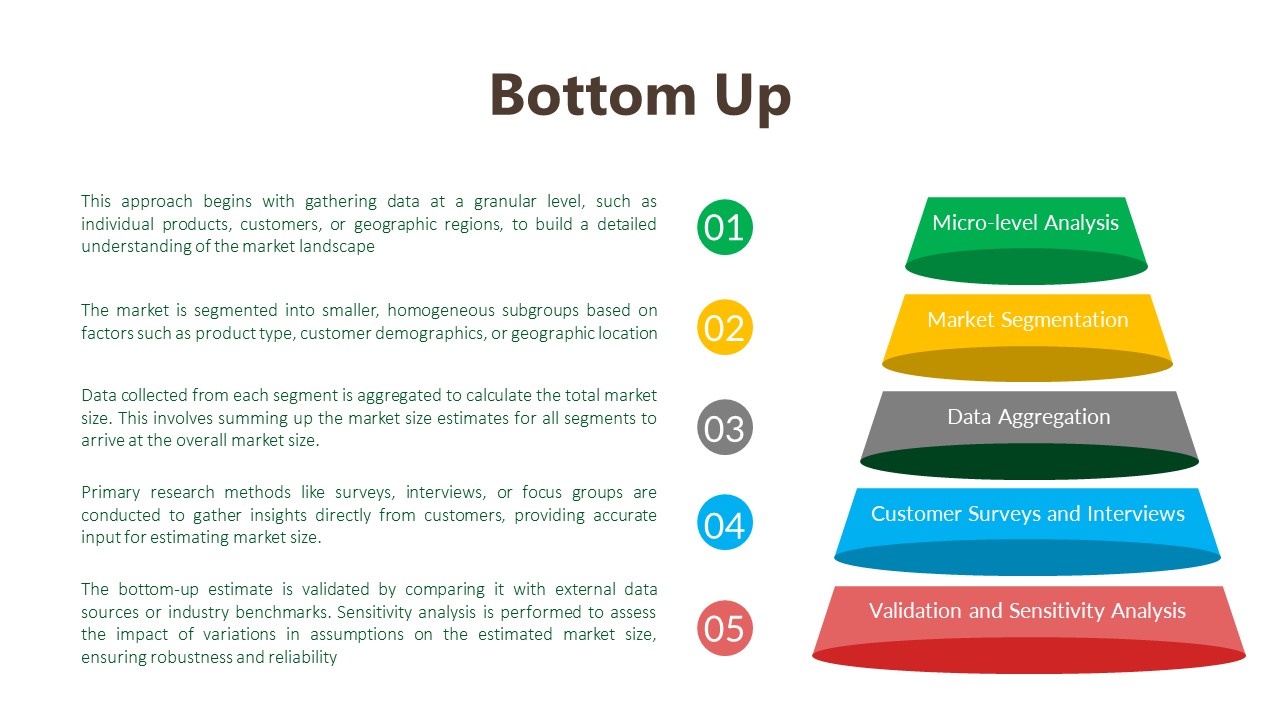
Data Analysis:
The data analysis phase serves as a critical juncture where raw data is transformed into actionable insights that inform strategic decision-making. Through the utilization of analytical methods such as statistical analysis and qualitative techniques like thematic coding, we uncover patterns, correlations, and trends within the data. By ensuring the integrity and validity of our findings, we strive to provide clients with accurate and reliable insights that accurately reflect the realities of the market landscape.

Transformation of Raw Data:
Utilization of Analytical Methods:
Statistical Analysis:
Qualitative Analysis Techniques:
Integrity and Validity Maintenance:
Data Validation:
The final phase of our research methodology is data validation, which is essential for ensuring the reliability and credibility of our findings. Validation involves scrutinizing the collected data to identify any inconsistencies, errors, or biases that may have crept in during the research process. We employ various validation techniques, including cross-referencing data from multiple sources, conducting validity checks on survey instruments, and seeking feedback from independent experts or peer reviewers. Additionally, we leverage internal quality assurance protocols to verify the accuracy and integrity of our analysis. By subjecting our findings to rigorous validation procedures, we instill confidence in our clients that the insights they receive are robust, reliable, and trustworthy.
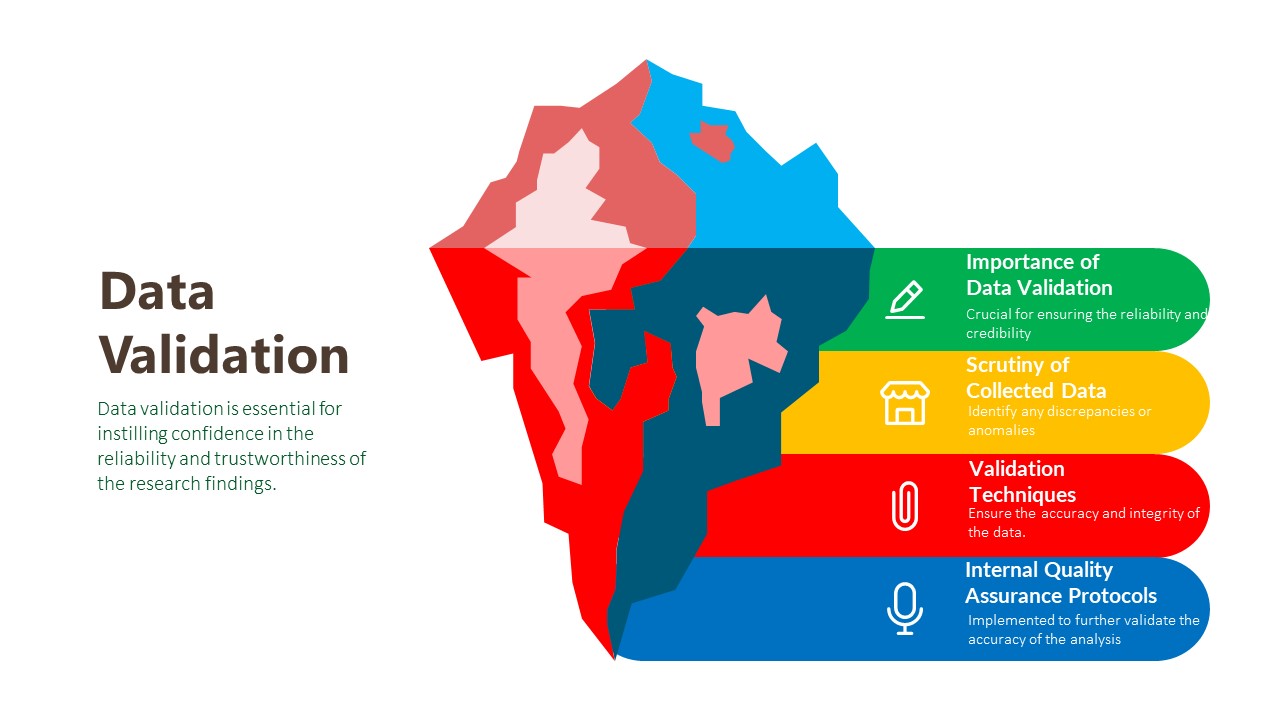
Importance of Data Validation:
Scrutiny of Collected Data:
Validation Techniques:
Internal Quality Assurance Protocols:
We can customize every report – free of charge – including purchasing stand-alone sections or country-level reports
We help clients to procure the report or sections of the report at their budgeted price. Kindly click on the below to avail

Cognizance market research is continuously guiding customers around the globe towards strategies for transformational growth. Today, businesses have to innovate more than ever before, not just to survive, but to succeed in the future

© 2023 All rights Reserved. Cognizance Market Research